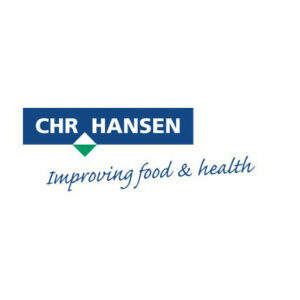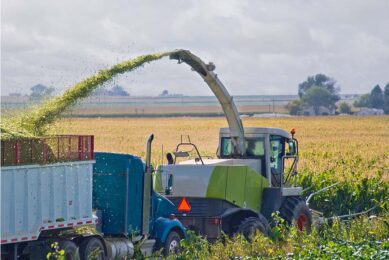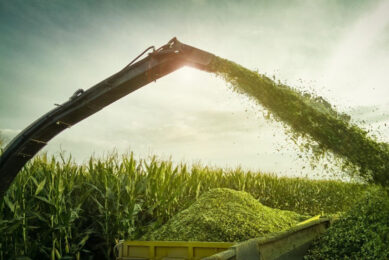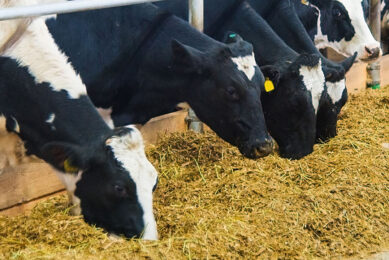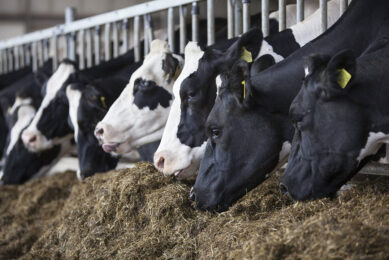Control forage quality and gain the upper hand on costs
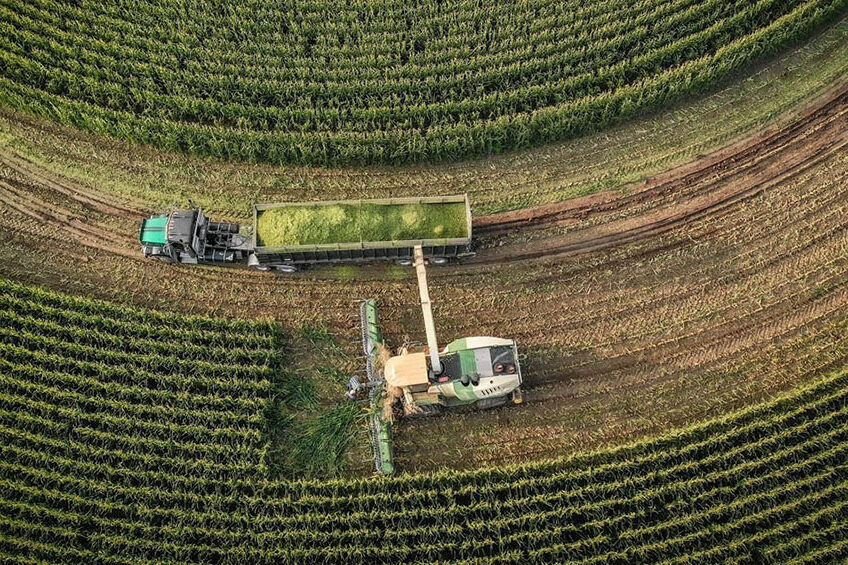
Right before the silage season, questions keep pouring in relative to the “right decisions” to be made. These questions reflect the infrequency – and seasonality – to silage-making as most of them, in reality, are the exact same as the year (and years) before!
While homegrown forage continues to constitute an increasing part of dairy cow feed and – unlike externally sourced feed stuffs such as concentrate, vitamins and minerals – usually is within the control of the dairy producer, decisions around silage making play an important role in the overall dairy economy. Yet, surprisingly, few are aware of the investments made into forage and how much can be optimised via Critical Control Points (CCP). So, stay tuned to some surprising facts…
From field to feeding, more than 50% can be lost
That is a big number, but it is a number that can be significantly reduced.
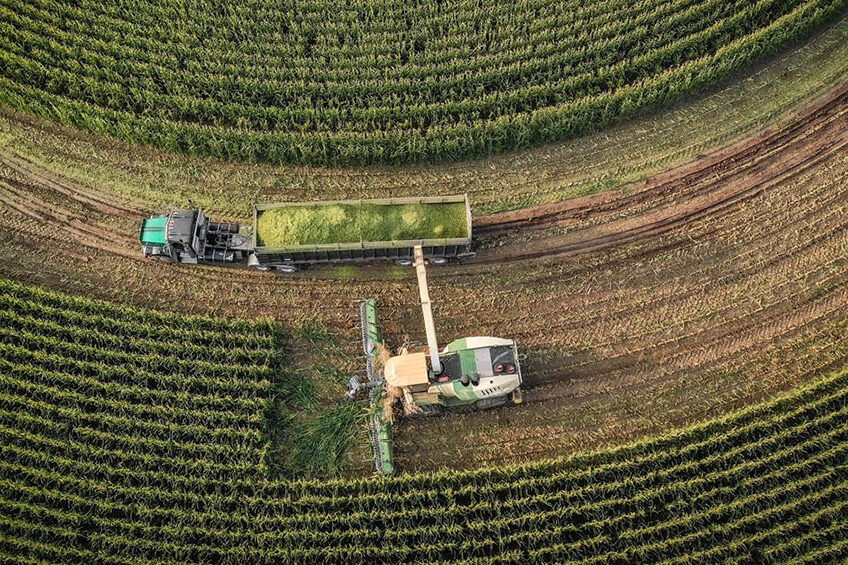
Do you know that dry matter sinks?
Most dairy producers will know by experience to take shrink and waste into consideration – and rightly so, as growing surplus forage is much less expensive than running short of inventory which can force the external sourcing of silage. This is especially painful if you must wait 1-2 months to access new silage.
It is often said – and surely confirmed in scientific trials – that an effective silage inoculant pays for itself as a result of controlled fermentation. As illustrated above, however, this part is only some 10% of the total loss potential, besides being nearly impossible to see with the naked eye.
Looking at the benefit-over-cost ratio (BCR) of using an effective silage inoculant on the 2020 numbers, for US$35/t of corn silage, an effective inoculant represented about 4% of the total cost of producing silage. The BCR was around 10!
In 2023 it still pays for itself with the reduction in fermentation shrink. And if you have other challenges during feeding or inventories are running low, the early opening feature of certain effective inoculants truly benefits the silage toolbox.
With US$70/t of corn silage, the best possible investment is now down to 2.5% of the total costs of making silage, even with an increase in inoculant prices, and BCR is now above 16!
Miracles don’t happen
Spontaneous fermentation in silage will occur by default if you ensure that the forage is stored anaerobically, and if you accept that attention to silage management is a very critical foundation for obtaining good quality. However, there is a limit to how much you can control if fermentation is left to the varying epiphytic flora in the forage.
In many ways, there should be greater interest in taking control of the fermentation to ensure that the >95% of invested capital and effort actually brings the desired result: high-quality forage with as much dry matter preserved from field to feeding. And remember that with 60% forage in the diet, you are influencing some 40% of the total feeding cost. However, if you do not control the waste, forage impacts nearly 60% of the total feeding cost…
Well, in some cases, they actually do…
Certain effective silage inoculants could be viewed as miracle-makers, as they have completely changed how we think of “good silage making”! In the past, 2-3 months of fermentation was generally the minimum time needed to obtain a well-fermented and stable silage. Today, this can now be done in just a week! A miracle? Not really, as it is backed up by a lot of science and demonstrated field performance, but still.
Check your silage inventories: if you are running on fumes, you need to make some smart decisions to enable early access to the soon-to-be harvested forage.
And the take-home message remains: if management is not top-notch, adding a silage additive is a waste of money. Take control of your dairy economics by paying attention to details during those few days of silage-making. Adding an effective silage inoculant will make good things better. A few days of effort equals a full year of benefits.


